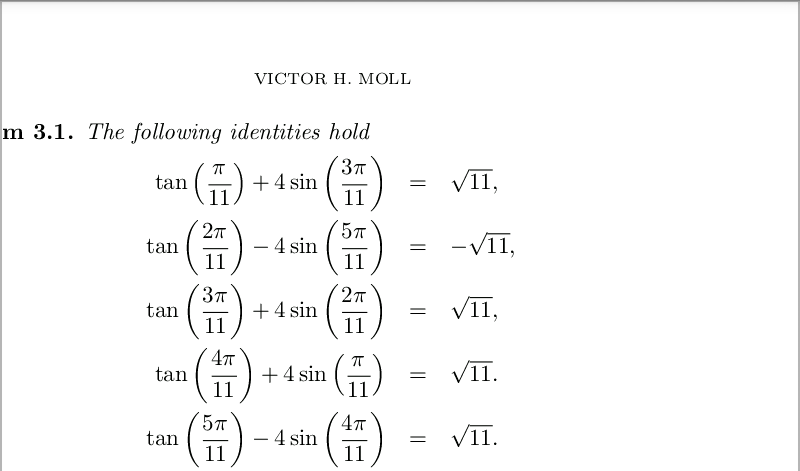
OthersQuestion and Answers: Page 85
Question Number 69104 Answers: 0 Comments: 3

Question Number 69098 Answers: 1 Comments: 3

Question Number 69014 Answers: 1 Comments: 0
Question Number 69010 Answers: 0 Comments: 8
Question Number 68830 Answers: 0 Comments: 0
$${please}\:{can}\:{someone}\:{check}\:{question}\:\:\:\mathrm{68728} \\ $$
Question Number 68676 Answers: 0 Comments: 2
Question Number 68675 Answers: 0 Comments: 3
Question Number 68617 Answers: 0 Comments: 1
Question Number 68609 Answers: 1 Comments: 1

Question Number 68278 Answers: 0 Comments: 2

Question Number 67927 Answers: 0 Comments: 9
Question Number 67903 Answers: 2 Comments: 0

Question Number 67898 Answers: 0 Comments: 0
Question Number 67820 Answers: 0 Comments: 1
Question Number 67745 Answers: 3 Comments: 0
Question Number 67697 Answers: 1 Comments: 0
Question Number 67688 Answers: 0 Comments: 1
Question Number 67687 Answers: 0 Comments: 3
Question Number 67686 Answers: 0 Comments: 2
Question Number 67684 Answers: 0 Comments: 2
Question Number 67664 Answers: 0 Comments: 2
Question Number 67662 Answers: 0 Comments: 2
Question Number 67659 Answers: 0 Comments: 3
Question Number 67631 Answers: 0 Comments: 3
Question Number 67482 Answers: 0 Comments: 1
Question Number 67471 Answers: 0 Comments: 4
$$\boldsymbol{{Evaluate}}:\int\sqrt{{x}\sqrt{{x}+\mathrm{1}}}\:{dx} \\ $$
